Autoimmune disease is the disease of the modern era. It is a condition where the body’s immune system mistakenly attacks the body. Since the body’s immune system usually guards against bacteria and viruses, it can sense the foreign cells and send out fighter cells to attack them. When it’s an autoimmune disease, however, the immune system starts to make mistakes to certain parts of the body. It starts attacking the joints, the skin, or the musculoskeletal system as foreign cells and attacking them. The immune system releases autoantibody proteins to attack the healthy cells, thus causing autoimmune disease in the body.
What Triggers the Activation of the Autoimmune Mechanism?
Surprisingly, the body’s antibodies go through a process by cleaning up the old and damaged cells, so that way, new healthy cells can grow and replace the old cells. Although if the body has an excessive number of antibodies in their system, it can cause the individual to have an autoimmune disease. Research has shown that a part of the autoimmune ecology, the influence of environmental exposure can not only develop autoimmune disorder but shape the function of the immune system.
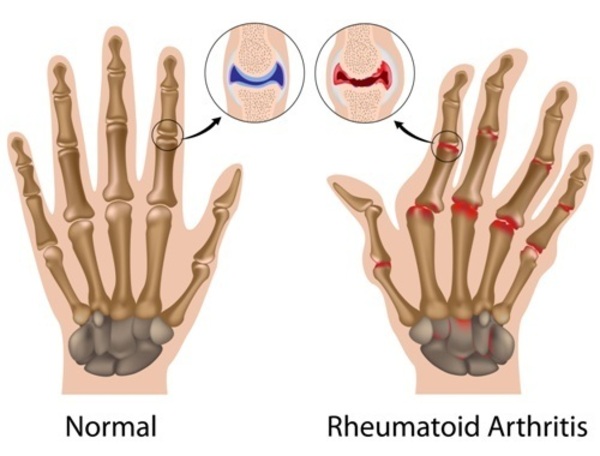
Another study stated that approximately 30% of all autoimmune diseases come from genetic disposition while 70% is due to environmental factors, including toxic chemicals, dietary components, gut dysbiosis, and infections in the body. So some of the ecological factors that are included are adjuvants (immunostimulant effects). These are typically used in vaccines to produce a more effective immunization reaction.
Researchers stated that molecular mimicry is one of the mechanisms, where a foreign antigen shares a sequence or structural similarities with self-antigens. This means that any infections that can initiate and maintain autoimmune responses can lead to specific tissue damage in the body. It is a phenomenon that molecular mimicry and cross-reactivity are identical. Cross-reactivity is significant when it comes to food allergies and is often responsible for many disorders. It affects the scope of the disease, the reliability of diagnostic testing, and has implications for any current and potential therapies.
Common and Rare Autoimmune Diseases
The primary function of the immune system is to repair the body with new cells. Individuals with an autoimmune disease will have many chronic illnesses that are both common and rare when they are being diagnosed. Below is a list of autoimmune diseases that range from common to some of the rarer autoimmune conditions an individual may experience.
Rheumatoid arthritis (RA)
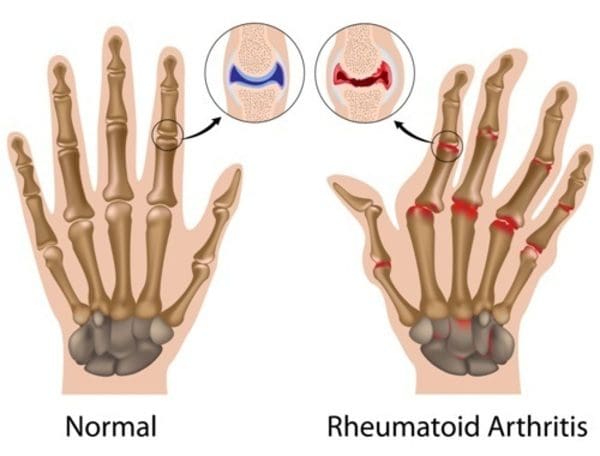
Rheumatoid arthritis is when the immune system is attacking the joints. This attack causes redness, warmth, soreness, and stiffness. It’s one of the most common autoimmune diseases that is found in women but can affect men and elderly people as well. Studies have shown that if a family member has rheumatoid arthritis, it is likely that other family members may have an increased chance of developing this autoimmune disease. The signs and symptoms of rheumatoid arthritis can vary depending on the severity of the inflamed joints, potentially causing them to deform and shift out of place.
Lupus
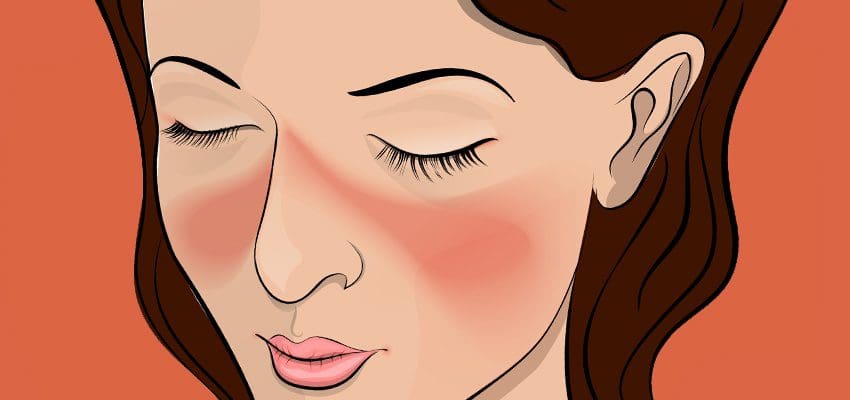
Lupus is a systemic autoimmune disease that occurs when an individual’s immune system starts attacking their own tissue and organs. Even though lupus is difficult to diagnose because it often mimics other ailments, it can cause inflammation to different body systems. These body systems include the joints, skin, kidneys, blood cells, brain, heart, and lungs. A distinctive sign of lupus is a facial rash that resembles butterfly wings unfolding across booth cheek.
Ehlers-Danlos Syndrome (EDS)
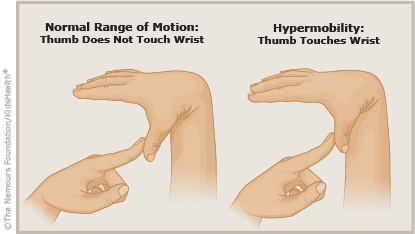
EDS (Ehlers-Danlos Syndrome) is a rare autoimmune disease that causes soft connective tissues to be fragile in the body. This autoimmune disease is still new for doctors; however, there is always more research to be done about this disease. The symptoms can vary from mild skin and joint hyperlaxity to severe physical disability and life-threatening vascular complications. One of the most common symptoms is joint hypermobility. This disease can cause the joints to be unstable or loose, and it can cause the body’s joints to have frequent dislocations and pain.
Polymyalgia Rheumatica

Polymyalgia rheumatica is an inflammatory musculoskeletal disorder that is most common in elderly adults. This disease causes muscle pain and stiffness around the joints, most commonly occurring in the morning. It also shares similarities with another disease known as giant cell arteritis. If an individual has polymyalgia rheumatica, they can have the symptoms of giant cell arteritis as well. The symptoms are inflammation in the lining of the arteries. The two factors that can cause the development of polymyalgia rheumatica are genetics and environmental exposure that can increase the chances of having the disorder.
Ankylosing spondylitis
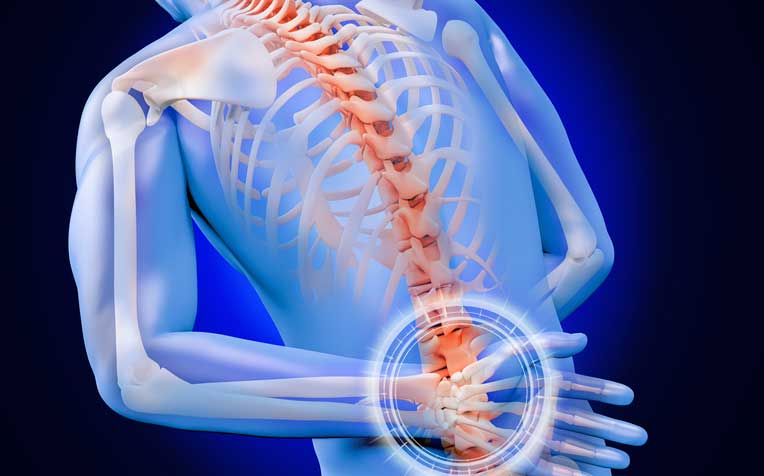
Ankylosing spondylitis is an autoimmune inflammatory disease that can cause some of the vertebrae in the spine to fuse over time. When this happens, the fusing makes the spine less flexible and causes the body to be in a hunched-forward posture. It is most common for men, and there are treatments to lessen the symptoms and possibly slow down the progression of the disease.
Celiac disease
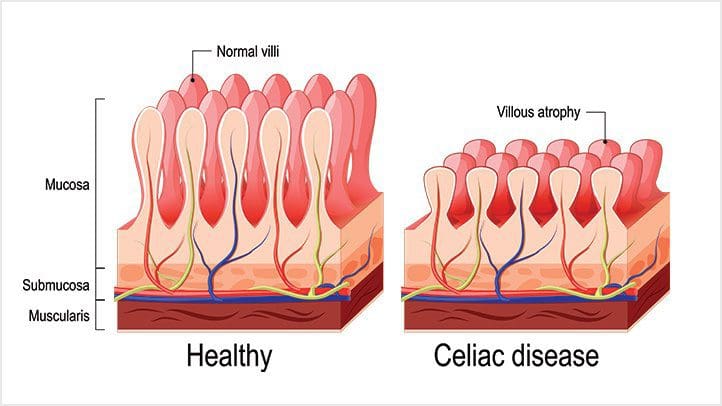
Celiac disease is an autoimmune disease that occurs in about 1% of individuals. This disease makes the individual have an inflammatory reaction to the intestinal permeability barrier from eating gluten found in wheat, rye, and barley. Studies show that patients with celiac disease and autoimmune disease have to be on a gluten-free diet to heal the gut. Symptoms can include bloating, digestive issues, inflammation, and skin rashes.
Conclusion
Mechanisms of an autoimmune disease can be caused by genetics or induced by environmental factors. This can cause an individual to have problems in their body related to inflammation. There are many autoimmune diseases that can affect the body from the most common to some of the rarer kinds and it can have lasting effects.
In honor of Governor Abbott’s declaration, October is Chiropractic Health Month. To learn more about the proposal on our website.
The scope of our information is limited to chiropractic, musculoskeletal, and nervous health issues as well as functional medicine articles, topics, and discussions. We use functional health protocols to treat injuries or chronic disorders of the musculoskeletal system. To further discuss the subject matter above, please feel free to ask Dr. Alex Jimenez or contact us at 915-850-0900 .
References:
Anaya, Juan-Manuel, et al. “The Autoimmune Ecology.” Frontiers in Immunology, Frontiers Media S.A., 26 Apr. 2016, www.ncbi.nlm.nih.gov/pmc/articles/PMC4844615/.
Bonds, Rana S, et al. “A Structural Basis for Food Allergy: the Role of Cross-Reactivity.” Current Opinion in Allergy and Clinical Immunology, U.S. National Library of Medicine, Feb. 2008, www.ncbi.nlm.nih.gov/pubmed/18188023.
Clinic Staff, Mayo. “Ankylosing Spondylitis.” Mayo Clinic, Mayo Foundation for Medical Education and Research, 7 Mar. 2018, www.mayoclinic.org/diseases-conditions/ankylosing-spondylitis/symptoms-causes/syc-20354808.
Clinic Staff, Mayo. “Lupus.” Mayo Clinic, Mayo Foundation for Medical Education and Research, 25 Oct. 2017, www.mayoclinic.org/diseases-conditions/lupus/symptoms-causes/syc-20365789.
Clinic Staff, Mayo. “Polymyalgia Rheumatica.” Mayo Clinic, Mayo Foundation for Medical Education and Research, 23 June 2018, www.mayoclinic.org/diseases-conditions/polymyalgia-rheumatica/symptoms-causes/syc-20376539.
Cusick, Matthew F, et al. “Molecular Mimicry as a Mechanism of Autoimmune Disease.” Clinical Reviews in Allergy & Immunology, U.S. National Library of Medicine, Feb. 2012, www.ncbi.nlm.nih.gov/pmc/articles/PMC3266166/.
De Paepe, A, and F Malfait. “The Ehlers-Danlos Syndrome, a Disorder with Many Faces.” Clinical Genetics, U.S. National Library of Medicine, July 2012, www.ncbi.nlm.nih.gov/pubmed/22353005.
Schmidt, Zsuzsa, and Gyula Poór. “Polymyalgia Rheumatica Update, 2015.” Orvosi Hetilap, U.S. National Library of Medicine, 3 Jan. 2016, www.ncbi.nlm.nih.gov/pubmed/26708681.
Scott, David L, et al. “Rheumatoid Arthritis.” Lancet (London, England), U.S. National Library of Medicine, 25 Sept. 2010, www.ncbi.nlm.nih.gov/pubmed/20870100.
Vojdani, Aristo, et al. “Environmental Triggers and Autoimmunity.” Autoimmune Diseases, Hindawi Publishing Corporation, 2014, www.ncbi.nlm.nih.gov/pmc/articles/PMC4290643/.
Watson, Stephanie. “Autoimmune Diseases: Types, Symptoms, Causes, Diagnosis & More.” Healthline, Healthline Media, 26 Mar. 2019, www.healthline.com/health/autoimmune-disorders.
Post Disclaimer *
Professional Scope of Practice *
The information herein on "The Mechanisms of Autoimmune Diseases" is not intended to replace a one-on-one relationship with a qualified health care professional or licensed physician and is not medical advice. We encourage you to make healthcare decisions based on your research and partnership with a qualified healthcare professional.
Blog Information & Scope Discussions
Welcome to El Paso's Premier Wellness and Injury Care Clinic & wellness blog, where Dr. Alex Jimenez, DC, FNP-C, a board-certified Family Practice Nurse Practitioner (FNP-C) and Chiropractor (DC), presents insights on how our team is dedicated to holistic healing and personalized care. Our practice aligns with evidence-based treatment protocols inspired by integrative medicine principles, similar to those found on dralexjimenez.com, focusing on restoring health naturally for patients of all ages.
Our areas of chiropractic practice include Wellness & Nutrition, Chronic Pain, Personal Injury, Auto Accident Care, Work Injuries, Back Injury, Low Back Pain, Neck Pain, Migraine Headaches, Sports Injuries, Severe Sciatica, Scoliosis, Complex Herniated Discs, Fibromyalgia, Chronic Pain, Complex Injuries, Stress Management, Functional Medicine Treatments, and in-scope care protocols.
Our information scope is limited to chiropractic, musculoskeletal, physical medicine, wellness, contributing etiological viscerosomatic disturbances within clinical presentations, associated somato-visceral reflex clinical dynamics, subluxation complexes, sensitive health issues, and functional medicine articles, topics, and discussions.
We provide and present clinical collaboration with specialists from various disciplines. Each specialist is governed by their professional scope of practice and their jurisdiction of licensure. We use functional health & wellness protocols to treat and support care for the injuries or disorders of the musculoskeletal system.
Our videos, posts, topics, subjects, and insights cover clinical matters and issues that relate to and directly or indirectly support our clinical scope of practice.*
Our office has made a reasonable effort to provide supportive citations and has identified relevant research studies that support our posts. We provide copies of supporting research studies available to regulatory boards and the public upon request.
We understand that we cover matters that require an additional explanation of how they may assist in a particular care plan or treatment protocol; therefore, to discuss the subject matter above further, please feel free to ask Dr. Alex Jimenez, DC, APRN, FNP-BC, or contact us at 915-850-0900.
We are here to help you and your family.
Blessings
Dr. Alex Jimenez DC, MSACP, APRN, FNP-BC*, CCST, IFMCP, CFMP, ATN
email: coach@elpasofunctionalmedicine.com
Licensed as a Doctor of Chiropractic (DC) in Texas & New Mexico*
Texas DC License # TX5807
New Mexico DC License # NM-DC2182
Licensed as a Registered Nurse (RN*) in Texas & Multistate
Texas RN License # 1191402
ANCC FNP-BC: Board Certified Nurse Practitioner*
Compact Status: Multi-State License: Authorized to Practice in 40 States*
Graduate with Honors: ICHS: MSN-FNP (Family Nurse Practitioner Program)
Degree Granted. Master's in Family Practice MSN Diploma (Cum Laude)
Dr. Alex Jimenez, DC, APRN, FNP-BC*, CFMP, IFMCP, ATN, CCST
My Digital Business Card



